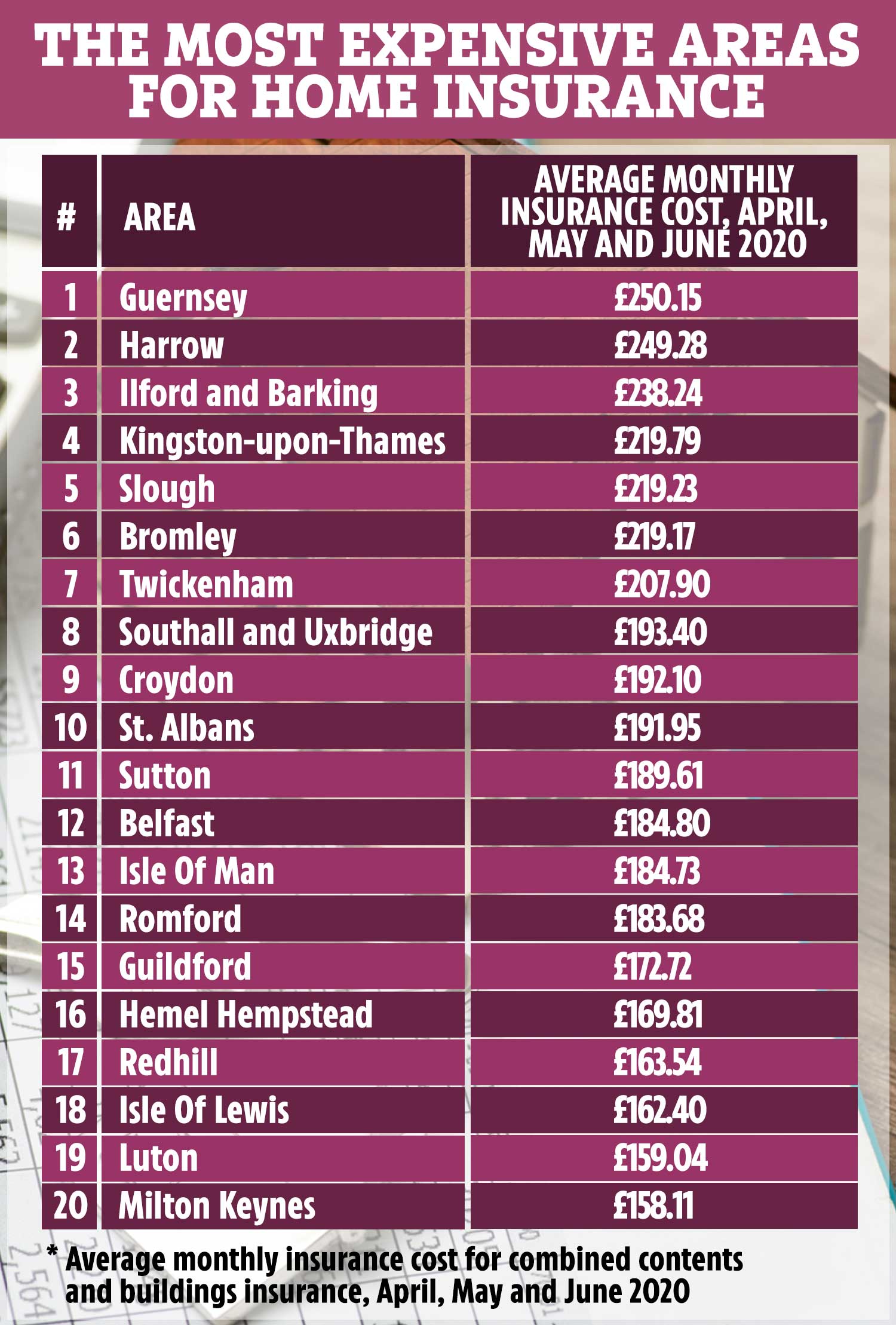
Many employers view health insurance as a critical component of their compensation. For the past 10 years, however, these benefits have been increasing in price. Prescription drug costs, increasing deductibles and rising health system pricing are just a few of the reasons. These trends are driving the rise of premiums and depressing wages. Employers are becoming frustrated with the rising costs and administrative burdens. Others are seeking non-wage options.
Employers are increasingly using wearable devices for wellness programs. One survey revealed that 55% of employers have access to data from employees' wearable devices. While price increases are still the primary driver of health insurance, more employers are exploring new payment options to keep employees healthy.
According to the Congressional Budget Office the number of Americans who will continue to receive health care through their employer-sponsored plans will be the same 159 millions in ten years. The tax-favored alternative to health insurance is still available. In 2019, however, the cost for single coverage will exceed 9.86 percent of household income.

Premiums are not just the cost of the health insurance, but also the cost of deductibles. The deductible for workers in the United States is at least $2,000. This is the reason why many companies are opting for a self-insured plan, which is a way to reduce the overall cost of the benefits. Self-insured plans save money when claims are low. The employer must pay more if the claim is greater than expected.
The employee's age group determines the rate for small groups. Massachusetts's average annual wage for workers under 25 is $1186, while Massachusetts's average annual rate for those over 25 is $6,896.
Larger employers have more control over plan coverage. Large employers often offer biometric screenings to employees. They also offer a wellness program and encourage employees to visit lower-cost providers. Employers in the public sector have the option to customize their health care plans to suit their individual needs.
The Affordable Care Law will make it possible for employers with 51 to 100 workers to be part of a merged healthcare insurance market. This is expected to happen in 2016. These employers will pay premiums that can go up to 9 %. State governments are also required to set a rate annually. Those who don't offer affordable plans are subject to a $3,480 annual penalty.

Small employers are required to contribute additional funds to subsidize workers' health insurance in order to comply the ACA. Massachusetts has a 50-percent minimum contribution from employers.
Despite these requirements being met, the number employers offering health insurance continues its decline. Many small employers are dissatisfied with the uncontrollable costs of benefits, after a decade filled with rapid increases. Despite the fact that health insurance rates have not increased for most employers, some employers are still struggling to retain their employees.
As unemployment remains low, so is the difficulty in keeping employees. This is a major problem for employers. Employers can be fined $2,320 per person if they fail to offer health insurance. You can also face thousands in fines if you fail to comply COBRA. This law requires employers offer ongoing health care to their employees.